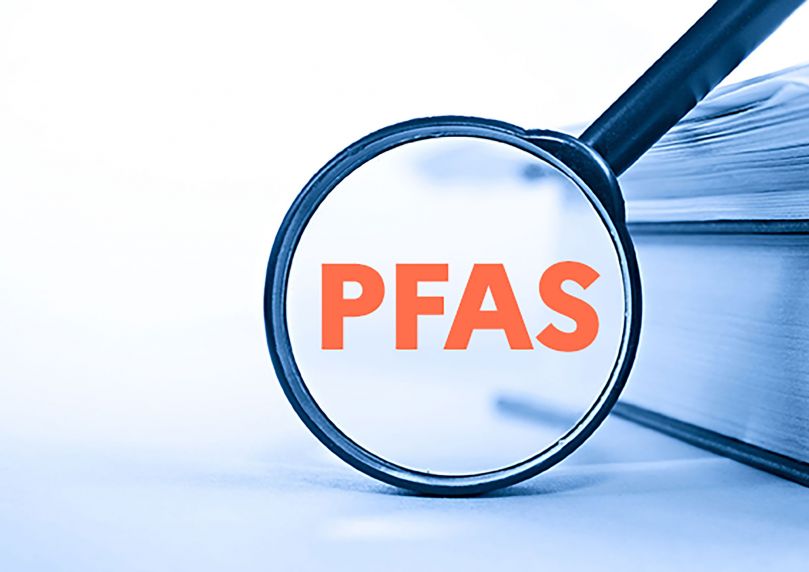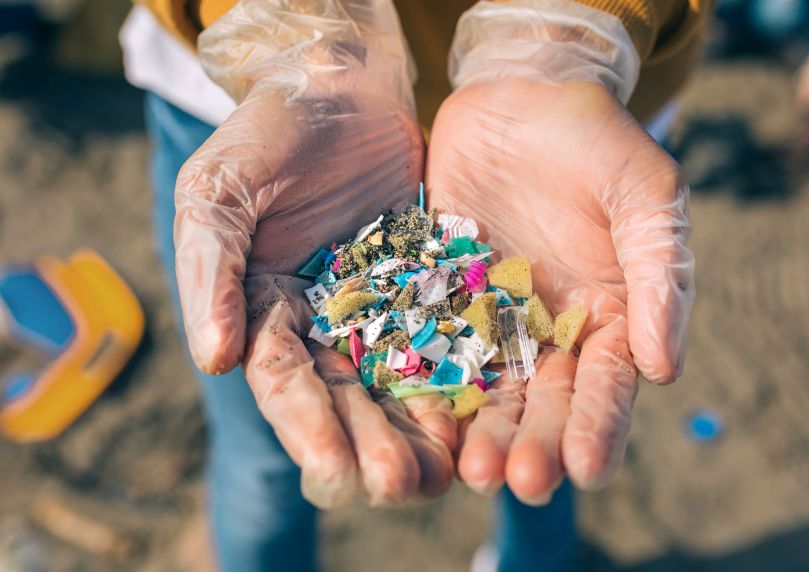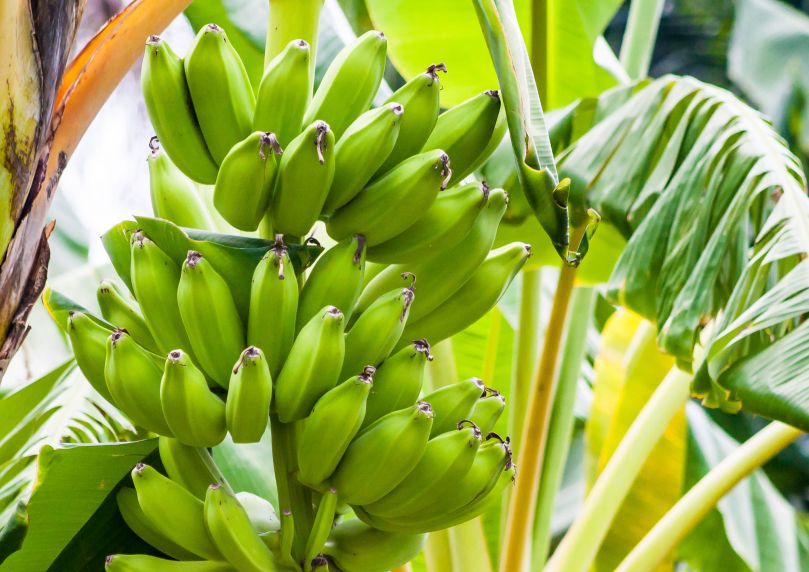Quick access

Page thématique
Environmental health
On a day-to-day basis and throughout our lives, the environment is a major determinant of our health. Whether it concerns chemical substances, airborne particles or electromagnetic waves, ANSES's expertise constantly provides the latest scientific knowledge on the risk factors for environmental exposure. The Agency assesses the risks of environmental pollution and various new technologies, and also evaluates the chemicals found in everyday products.
Publications
Date de mise en ligne
Numéro de saisine
Date de mise en ligne
Date de mise en ligne
Date de mise en ligne
Numéro de saisine
Date de mise en ligne
Numéro de saisine
Date de mise en ligne
Numéro de saisine
Date de mise en ligne
Date de mise en ligne
Date de mise en ligne
Numéro de saisine
Date de mise en ligne
Numéro de saisine
Date de mise en ligne
Numéro de saisine
Date de mise en ligne
Date de mise en ligne
Date de mise en ligne
Numéro de saisine
Date de mise en ligne
Numéro de saisine
Date de mise en ligne
Numéro de saisine
Date de mise en ligne
Numéro de saisine
Date de mise en ligne
Numéro de saisine
Date de mise en ligne
Numéro de saisine
Date de mise en ligne
Date de mise en ligne

















